April 28, 2025 – Newsletter Archive
A Conscious Approach To Self-Care Is An Approach Built On The ‘Terrain Theory’.
“Germs seek their natural habitat – diseased tissue – rather than being the cause of diseased tissue.” – Antoine Béchamp
There are two approaches to health and self-care. One approach is supported by what is called the “Germ theory”. The other approach is supported by what is called the ‘Terrain theory.
The Germ theory focuses on microbes and suggests that microbes are the primary cause of disease. To protect ourselves from germs, we need to keep finding ways to eradicate these microbes.
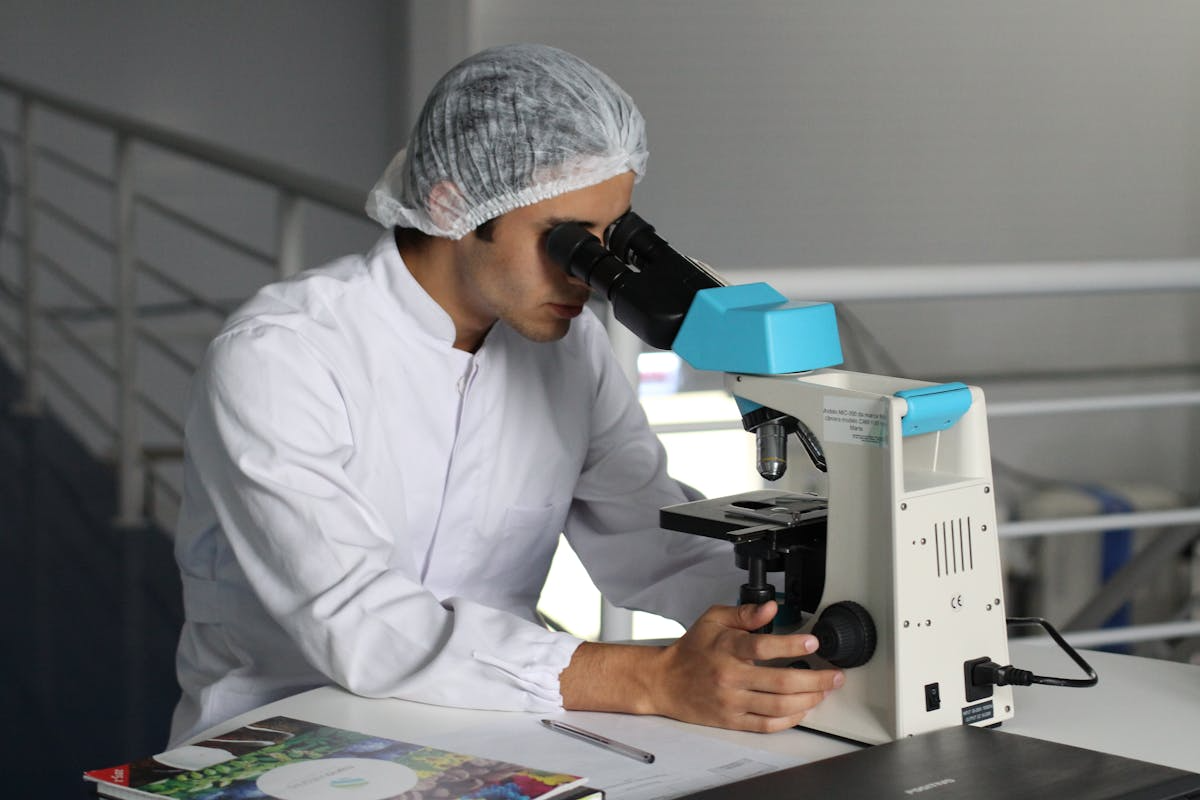 The Terrain theory argues that if the body is well and balanced, germs that are a natural part of life and the environment will be dealt with by the body without causing sickness. The terrain theory de-emphasizes microbes and places emphasis on the health of the body. It also recognizes that there are many factors linked together that can cause illness. These factors include environmental toxins, the side effects of medications, negative or dysfunctional thoughts that may lead to depression and anxiety, naturally occurring microbiomes that have been altered by humans, lengthy screen time, and poor nutrition. When these factors combine, they cause conditions like hypertension, osteoarthritis, mood and/or anxiety disorders, osteoporosis, diabetes, heart disease, obesity, chronic stress and asthma.
The Terrain theory argues that if the body is well and balanced, germs that are a natural part of life and the environment will be dealt with by the body without causing sickness. The terrain theory de-emphasizes microbes and places emphasis on the health of the body. It also recognizes that there are many factors linked together that can cause illness. These factors include environmental toxins, the side effects of medications, negative or dysfunctional thoughts that may lead to depression and anxiety, naturally occurring microbiomes that have been altered by humans, lengthy screen time, and poor nutrition. When these factors combine, they cause conditions like hypertension, osteoarthritis, mood and/or anxiety disorders, osteoporosis, diabetes, heart disease, obesity, chronic stress and asthma.
Terrain theory postulates that if over a long period, an individual eats far too little food in its natural form, and instead consume far too much processed food, sweets, coffee, soft drinks, or alcohol their health will be ruined. Maintaining a state of health and wellness is even more challenging in the presence of environmental toxins such as pesticides and preservatives. Smoking and the use of addictive forming drugs like cocaine or heroin impacts the body (our terrain), negatively as well.
Terrain theory sees naturally occurring microbes as a cosmological necessity that we need to learn to live with. While bacteria can exist without humans; humans cannot live without bacteria because bacteria are building blocks of life. Terrain theorists argue that just a few hours after birth, all newborn baby’s mucous membrane has already been colonized by bacteria. These bacteria perform important protective functions. Without these colonies of billions of germs, the infant, just like the adult, could not survive. Our digestive system depends on numerous micro-organisms to function effectively too. Hence, the theorists believe that bacteria cannot be the greatest singular cause of disease and death.
While the Germ theory which supports conventional medicine strongly believes in one disease, one cause, one miracle pill, the Terrain theory takes a holistic approach – recognizing the connectedness of body, mind and spirit. ‘We do not catch a disease’, says the Terrain theorist, ‘we slip into a disease state’.
While Self-Care does not deny the importance of the germ theory, Self-Care is founded on the Terrain Theory. Self-care believes the individual who is serious about maintaining health should make every effort to bolster the body against the negative impact of microbes. Presently, keeping the body healthy is a great challenge that must be undertaken daily. We are combating poor soils, electromagnetic radiation, toxic chemicals and metals in our food, air and water. Add to this the thoughts that influence a stressful life or which cause anxiety and depression.
Disease is produced when the body is in a weak state that causes the multiplication of microbes, a situation that can lead to the body becoming toxic. A healthy body does not permit the abnormal multiplication of microbes.
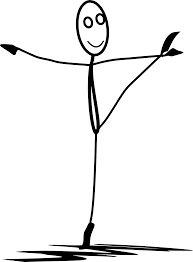
“I like to move it move it. … You keep it moving, moving”
SelfCare Activity
- In your own words explain:
- The Germ Theory.
- The Terrain Theory
- Identify some actions of yours that may be contributing to a weakening of your body.
3. Identify some thoughts or actions you can adopt to bolster your terrain.
4. What are some environmental factors that are affecting your personal health?
5. What steps can you take to prevent the impact of these environmental factors on you?
Echinacea
Are you wondering what flower to plant this Spring?
How about planting some Echinacea?
And choose from among these three; E angustifolia (narrow-leaved purple cone flower), E. purpurea (broad leave purple cone flower) and E. pallida (pale purple cone flower).
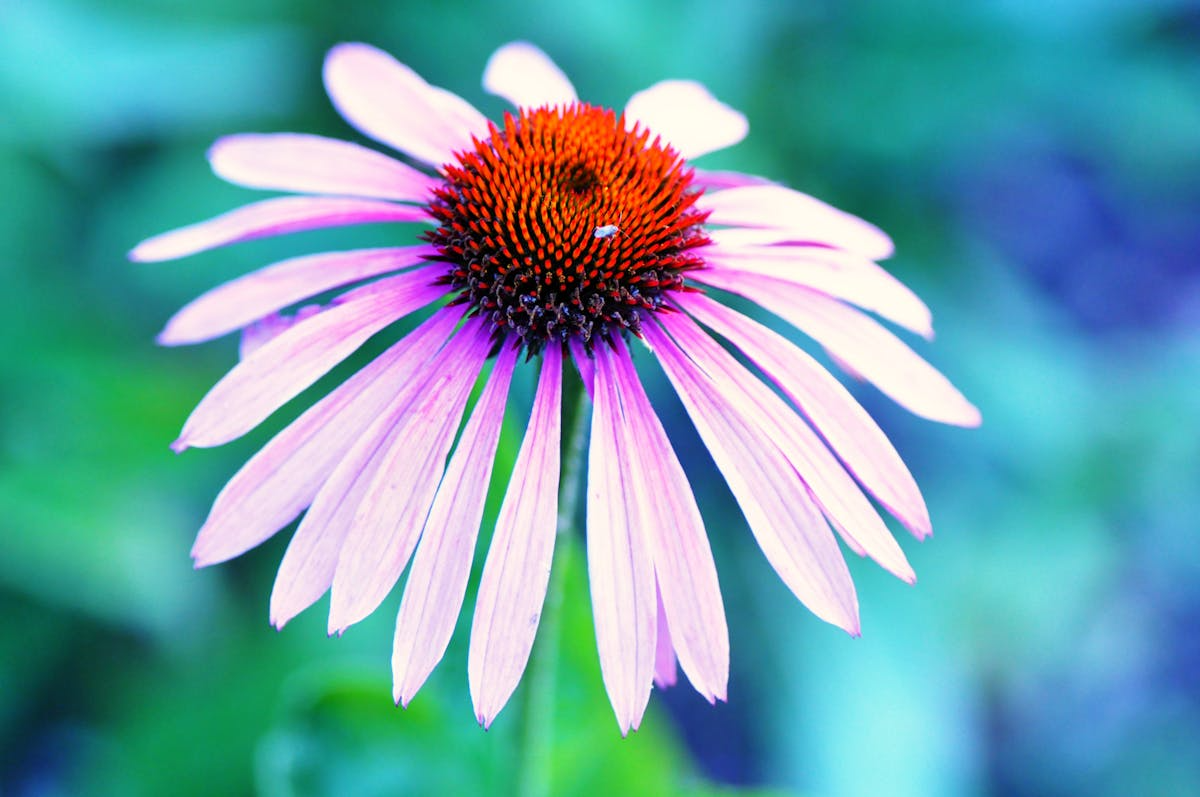 Echinacea is a flower with a vibrant bloom. The blooms not only bring your garden alive with a burst of color, but Echinacea also produces nectar that attracts pollinators. In this way they contribute to a healthy ecosystem.
Echinacea is a flower with a vibrant bloom. The blooms not only bring your garden alive with a burst of color, but Echinacea also produces nectar that attracts pollinators. In this way they contribute to a healthy ecosystem.
The Echinacea flower offers its beauty from early Summer through Fall. While the beauty it contributes to your garden fades after this time, what is left of your Echinacea can beautify your body internally. The three types of flowers vary in constituents but can be used to enhance your immune system throughout the winter months. Antimicrobial, antiseptic, anti-inflammatory, parasiticide, and lymphatic are just some of the beneficial actions to be derived from this flower. A known remedy for upper respiratory tract infection (laryngitis, tonsillitis, and common cold) makes it an herb of choice for the Winter months.
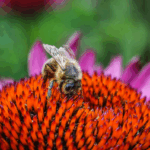 Although the whole plant can be used, the root is favored. 2g of the dried root or rhizome can be simmered for 15 minutes in two cups of water. After boiling add ½ tsp of Rosemary and 1/2 tsp lavender and let infuse for another 15 minutes. This formula will help to chase away Winter melancholy. Dose is 1 cup preferably before bed.
Although the whole plant can be used, the root is favored. 2g of the dried root or rhizome can be simmered for 15 minutes in two cups of water. After boiling add ½ tsp of Rosemary and 1/2 tsp lavender and let infuse for another 15 minutes. This formula will help to chase away Winter melancholy. Dose is 1 cup preferably before bed.
There are some safety considerations. Echinacea may cause allergic reactions in people sensitive to plants in the daisy family. It may also interfere with immunosuppressant therapy.
SelfCare Weekly Recipe
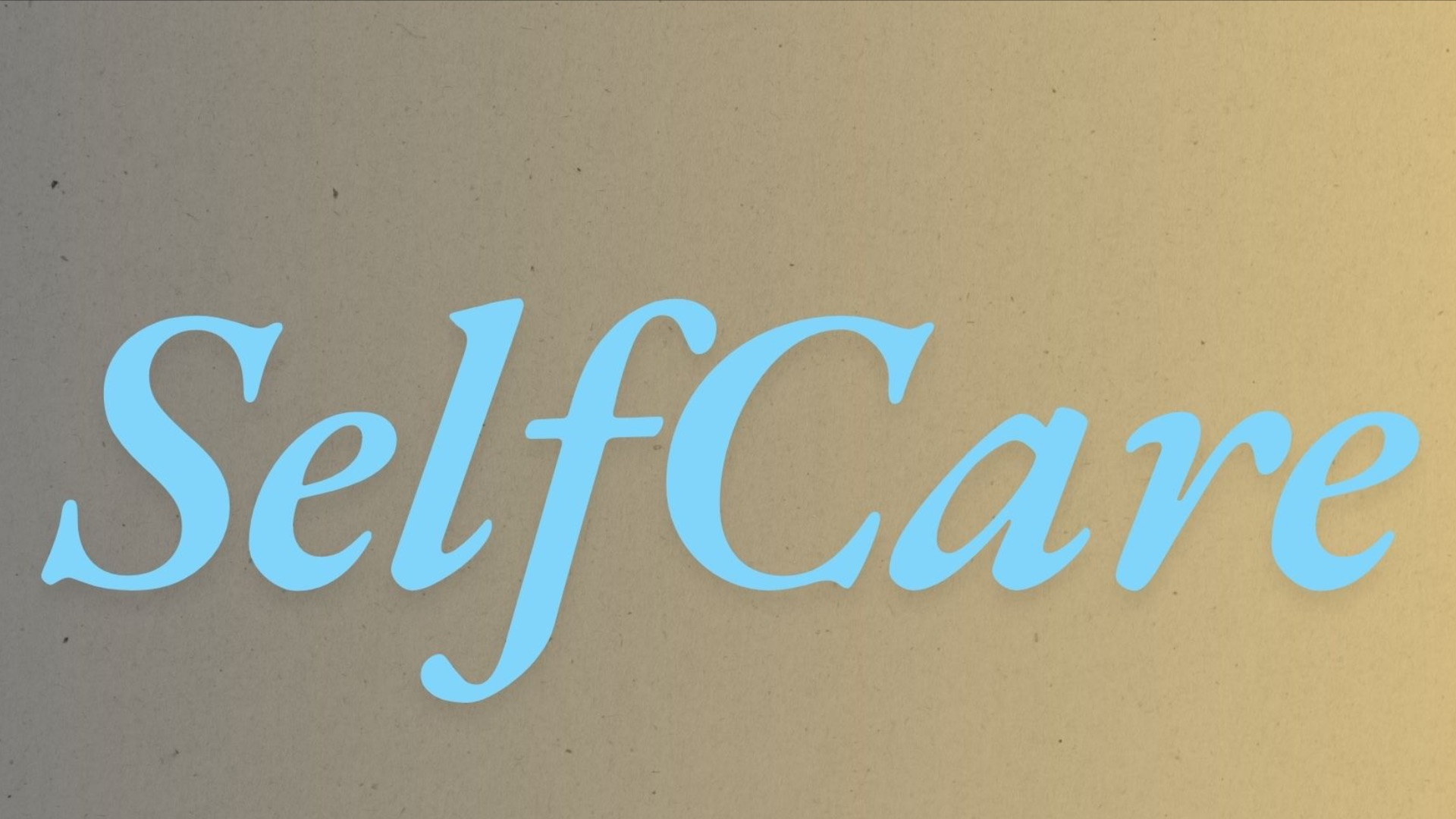 Chia seeds are an excellent source of fibre, which can improve heart health, reduce cholesterol levels and promote intestinal health. Fibre takes longer to digest and makes you feel satisfied longer, which is how it can help with weight loss and decrease your risk of developing diabetes or heart disease. Along with its fibre, its antioxidant action, minerals and omega-3 fatty acids constituents aid digestion and support weight management.
Chia seeds are an excellent source of fibre, which can improve heart health, reduce cholesterol levels and promote intestinal health. Fibre takes longer to digest and makes you feel satisfied longer, which is how it can help with weight loss and decrease your risk of developing diabetes or heart disease. Along with its fibre, its antioxidant action, minerals and omega-3 fatty acids constituents aid digestion and support weight management.
2 tbs (28g) Chai seeds is known to contain 138 calories, 4.7g protein, 9.8g of fiber, 11.9g carbohydrates, 8.7g fat, including and 5g omega-3s. The seeds also contain calcium, iron, magnesium, phosphorus and manganese.
Today, SelfCare feature an anti-inflammatory Chia seeds recipe.
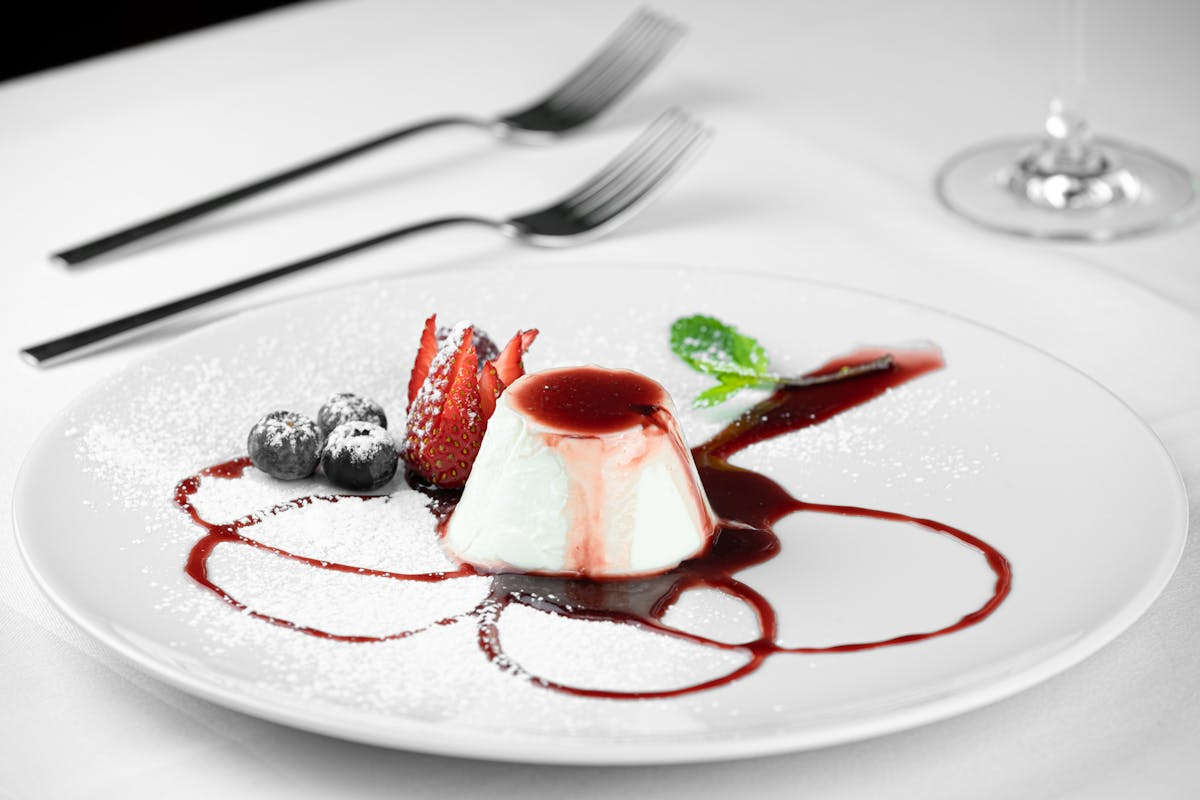 Chia Seed Pudding
Chia Seed Pudding
Ingredients
- 2 tbsp chia seeds
- 1/2 cup Almond or Soy milk
- 1 tsp honey
- 1/2 tsp vanilla extract
- 1/2 tsp cinnamon
- 1 tsp ginger (powder)
- Optional: 1/2 cup Blue Berries
Directions
• Add the chia seeds and milk to a small glass jar and stir together.
• Let the chia seeds sit for 15 minutes (they should start to thicken and gel), then stir again.
• Add the honey, vanilla, cinnamon and ginger and blue berries then secure with a lid.
• Place the chia pudding in the refrigerator or freezer for about 2 hours.
SelfCare Personal Development Sayings
Some people limit the use of the knowledge they have received. Others put the knowledge to full use and benefit from it. Which of the two do you choose to be?
Never trade your friend for anything material. Do not abuse the stranger who comes to your assistance when you are in distress.
Use what is known to advance your consciousness and awareness and the unknown will be made known to you.
The knowledge you derive from information is limited by these three things; how much of the information you attend to, how much of the information you understand and your state of being.
Be careful with whom you consult. Some people are unable to keep a secret. Do not disclose your inner secrets to everyone you meet.
 Join me this and every Monday morning @
Join me this and every Monday morning @
https://zeno.fm/radio/ohr-1-station/
For a special edition of ‘The Other Dimension’, a psychological approach to wellness.
Monday Mornings
8:05 am — 8:20 am EST
5:05 am — 5:20 am PST
7:00 am — 7:20 am Ja
Visit our Newsletter archive for a wealth of information to assist you on your wellness journey. Access our Newsletter Archive by clicking the link below.
